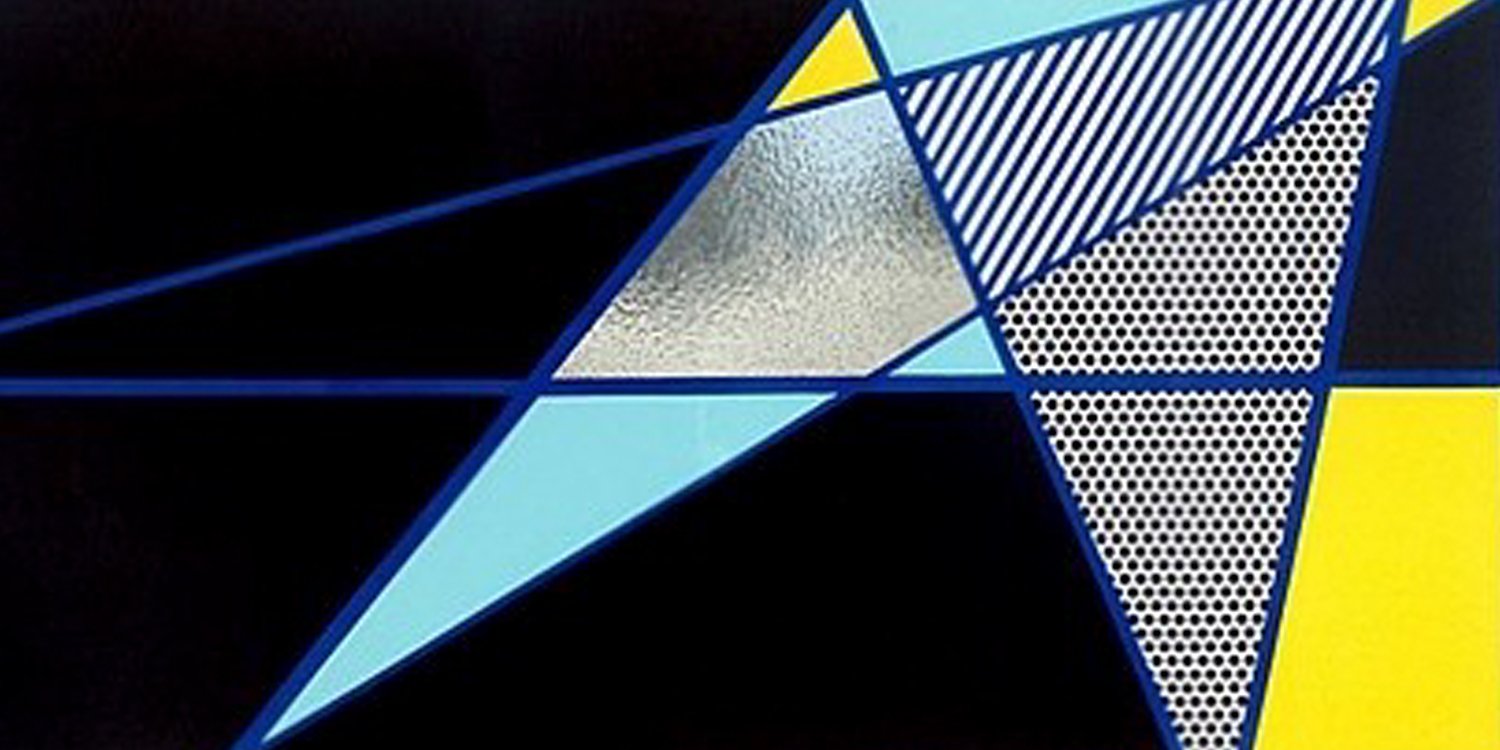ROY LICHTENSTEIN
American painter who was a founder and foremost practitioner of Pop art, a movement that countered the techniques and concepts of Abstract Expressionism with images and techniques taken from popular culture.
At the start of his artistic career, Lichtenstein painted themes from the American West in a variety of modern art styles; he dabbled in 1957 even in Abstract Expressionism, a style he later reacted against. His interest in the comic-strip cartoon as an art theme probably began with a painting of Mickey Mouse and Donald Duck he made in 1960 for his children. Although he was initially dissatisfied with his technique and uncomfortable with direct appropriation, he took great pleasure in presenting well-known comic-strip figures in a fine art format. He increased the size of his canvases and began to manipulate to his own ends the graphic and linguistic conventions of comic strips dealing with such genres as romance, war, and science fiction. In the style of comic strips, he used words to express sound effects. He developed a detached, mass-produced effect by outlining areas of primary colour with thick black lines and by using a technique that simulated benday screening (a dot pattern used by engravers).




